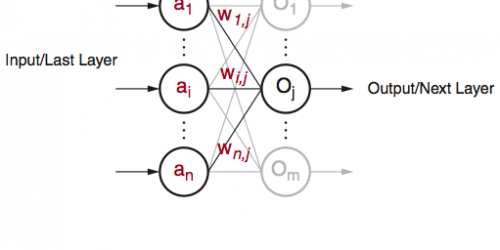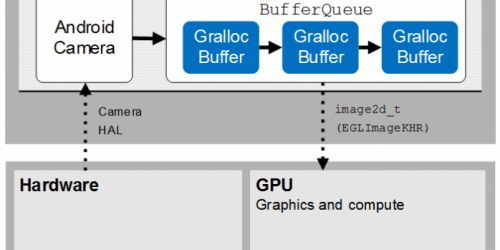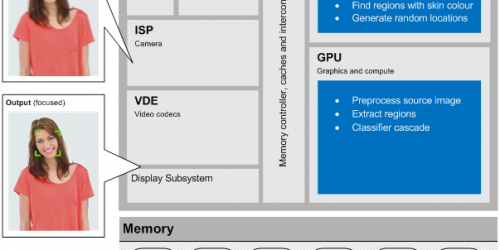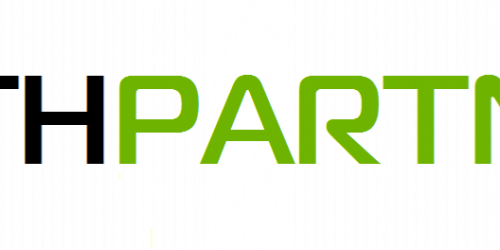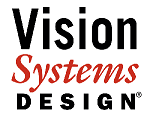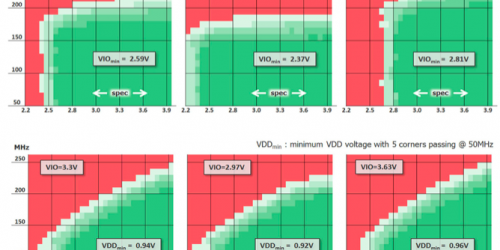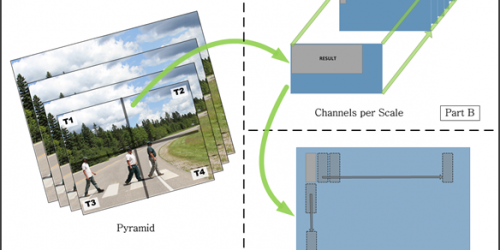Deep Learning with INT8 Optimization on Xilinx Devices
This is a reprint of a Xilinx-published white paper which is also available here (1 MB PDF). Xilinx INT8 optimization provide the best performance and most power efficient computational techniques for deep learning inference. Xilinx's integrated DSP architecture can achieve 1.75X solution-level performance at INT8 deep learning operations than other FPGA DSP architectures. ABSTRACT The […]
Deep Learning with INT8 Optimization on Xilinx Devices Read More +

